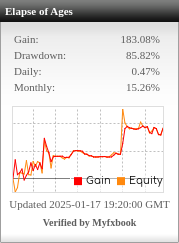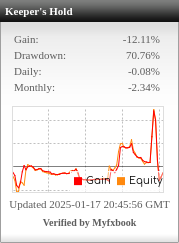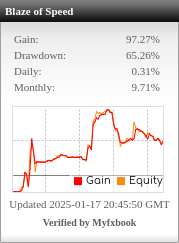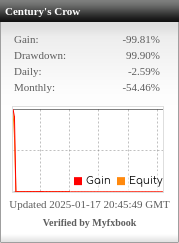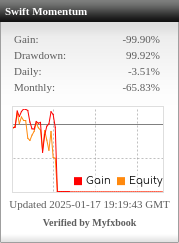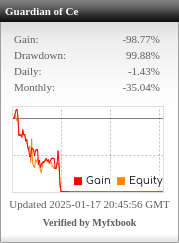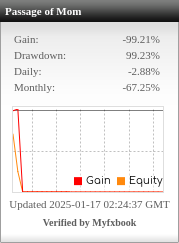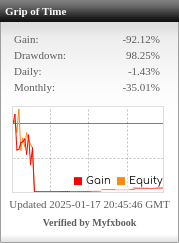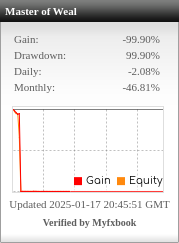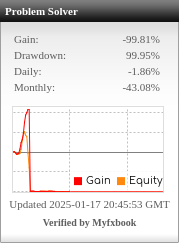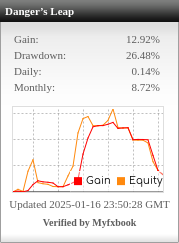Table of Contents
Primary Filters for Portfolio Selection (Including IS and OOS)
When building portfolios in Portfolio Master and selecting strategies for long-term stability and profitability, you can use Primary Filters that incorporate both In-Sample (IS) and Out-of-Sample (OOS) testing. This approach will ensure that your portfolios are robust not only in the training phase but also in unseen market conditions.
Primary Filters for IS and OOS:
- CAGR/Max DD% > 1 (IS & OOS)
- IS: Indicates good profitability relative to risk during the training phase.
- OOS: Ensures the strategy maintains profitability and does not suffer from overfitting when exposed to new market data.
- Sharpe Ratio > 2 (IS & OOS)
- IS: A Sharpe Ratio > 2 ensures that the strategy provides strong returns relative to the risk in the historical data.
- OOS: A Sharpe Ratio > 2 in OOS testing confirms that the strategy is stable and continues to provide a good risk-to-return ratio when tested on new data.
- Profit Factor > 1.5 (IS & OOS)
- IS: Profit Factor > 1.5 indicates that profitable trades outweigh losses during the in-sample test.
- OOS: In OOS, this shows that the strategy maintains profitability when applied to unseen data, confirming its robustness.
- Stability > 0.8 (IS & OOS)
- IS: Ensures the strategy is not prone to extreme fluctuations and behaves in a predictable manner during training.
- OOS: Stability > 0.8 in OOS ensures that the strategy’s performance is consistent and not erratic in unseen conditions.
- Open Drawdown % < 15 (IS & OOS)
- IS: Limiting Open Drawdown to < 15% reduces the risk of large temporary losses during the testing phase.
- OOS: The same limitation in OOS testing ensures that the strategy remains resilient and avoids high-risk exposure when applied live.
- Max Drawdown % < 30 (OOS)
- Focus on limiting the overall Max Drawdown to less than 30% in OOS. It will help maintain manageable risk levels in live trading conditions.
Ranking and Portfolio Creation Process:
- Filter IS Strategies:
- Start by applying the above filters to your in-sample (IS) strategies to identify the top performers in your test period.
- Select those strategies with the highest combined CAGR/Max DD%, Sharpe Ratio, and Profit Factor as the initial candidates for portfolio construction.
- Evaluate OOS Performance:
- Once you have the IS candidates, reapply the same filters to assess their out-of-sample (OOS) performance.
- Focus on Stability, Profit Factor, Sharpe Ratio, and Open Drawdown in OOS. This will confirm that the strategies maintain profitability and stability under new market conditions.
- Create Portfolios:
- Create 4–6 portfolios with 4–8 strategies each, prioritizing those that perform well in both IS and OOS.
- Ensure diversity in the portfolios, balancing strategies with high Profit Factor and those with low drawdowns.
- Remove/Reuse Strategies:
- Once a portfolio is built, you can either remove those strategies from your selection pool and repeat the process for the next portfolio, or keep all strategies in the pool to maximize utilization.
- This way, you can create up to 12 portfolios without overusing any single strategy, optimizing the distribution across your available 500 strategies.
By following this method, you’ll create well-balanced portfolios that are both highly profitable and resistant to market changes, ensuring long-term success.


